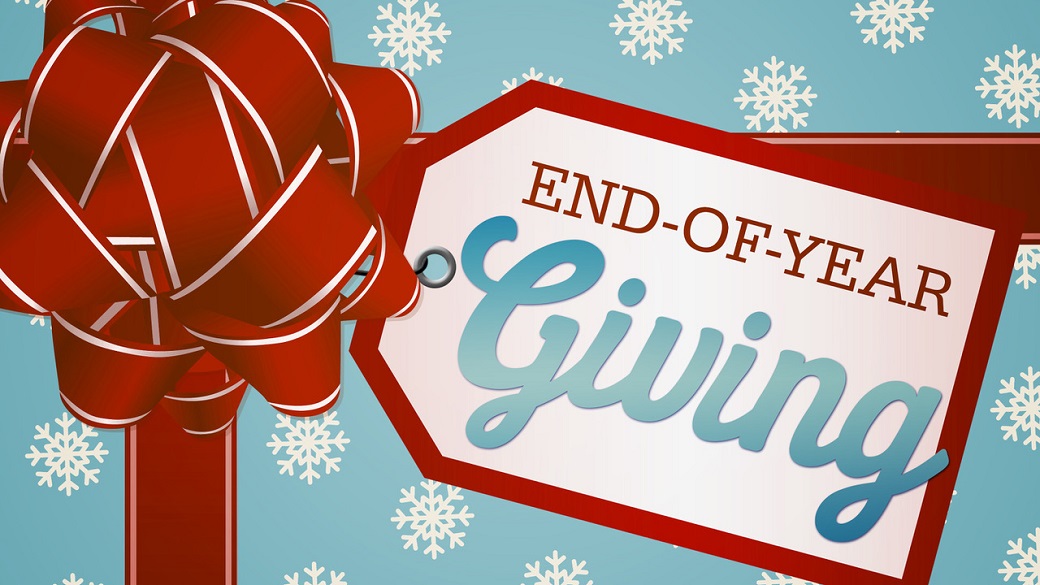Would you Propose on Your First Date?
Didn’t think so.
And yet, we keep asking people with weak links to our organization to give to us.
This turns people off and creates negative word of mouth. Especially nowadays–when many nonprofits have seen steep declines in the number of donors over the last 3 to 5 years and trust in nonprofits is at a low point–we cannot afford to make this mistake.
At the Donor Participation Project (DPP), a fundraiser community that co-creates solutions to increase donor participation, we often hear about successful fundraising shops “meeting donors where they are.”
This does not mean not asking. It means asking for the right thing according to the level of involvement that a person has with your organization.
At a recent keynote, I shared this chart with the same concept. Your constituents are at different stages of engagement with you: Lurker → Active → Super Active → Contributor.
We should be asking people for gifts as they become Super Active and Contributor members of your community.

How Does this Help us Raise Money, Right Now?
Genius is in the details, and how you apply this concept with the resources you have can make all the difference.
When we support nonprofits who want to increase their donor participation, here is the framework that we share for end of year giving:
- Gift renewal outreach to portfolio-assigned prospects. Send a handwritten note card along with a gift reply envelope and response card to your closest donors.
- Loyal donor outreach. Send a highly personalized letter sent to your next group of most loyal donors who have not yet made a gift this fiscal year.
- SYBUNT outreach. This group is slightly less connected but still close. Is there an opportunity to connect recipients with a special person or moment in the organization? Add a link to a Kudoboard where constituents may leave a public congratulatory note.
- Long-lapsed and non-donor outreach. This group is weakly connected. Share information on something that they may find important and invite them to get engaged, for example by posting a message as we shared above. Then, follow-up with those who reacted with a thank you message and request for a gift.
This approach lets you prioritize according to the time and resources you have while maximizing ROI. Start with 1 and go down through 4 as your confidence and capabilities increase.
Feel free to use it and ask if you have questions!


